The "We Are All Armenian: Voices of Diaspora" book, edited by writer Aram Mrjoian, is a compelling collection of essays that explores Armenian identity and belonging in the Diaspora. Published on March 14, 2023 by University of Texas Press this contemporary anthology includes contributions from both established and emerging Armenian authors.
The book elevates the voices of individuals from historically silenced communities who share personal experiences of displacement, assimilation, inheritance, and broader definitions of home.

“In a century since the Armenian Genocide, Armenian survivors and their descendants have written of a vast range of experiences using storytelling and activism – two important aspects of Armenian culture. Wrestling with questions of home and self, Diaspora Armenian writers bear the burden of repeatedly telling their history, as it remains widely erased and obfuscated. Telling this history requires a tangled balance of contextualizing the past and reporting on the present, of respecting a culture even while feeling lost within it,” says the preface of the book.
Mediamax.am had an interview with the editor, writer Aram Mrjoian.
Why was the book called "We Are All Armenian: Voices of Diaspora"?
The title for the anthology evolved with the project. When I was first receiving drafts from contributors, the manuscript was untitled, but eventually, I began seeking out a title from somewhere in the essays provided. At first, it was titled “Imagining and Seeing: Voices of Diaspora”, which refers to the contribution of Chris McCormick, an American novelist and short story writer, but after some discussion with my editor and team at the press we decided “We Are All Armenian” really captured the spirit of the collection. The anthology is intended to be intersectional and inclusive, so my hope is that the title makes that evident.
Can you please talk about the book, how the idea came about, and what the purpose of this book is?
The book came together from a mix of personal interest and seeing what I felt was a need in the community. I was reading a lot of Armenian writers and was interested in developing some kind of collaborative project. Then the University of Texas Press sent me an anthology of voices from the Iranian Diaspora that I found really well done. It gave me the inspiration to propose a similar project, one I am very lucky and grateful they accepted. I think I was mostly in the right place at the right time and had space while I was working toward my Ph.D. to make it happen.
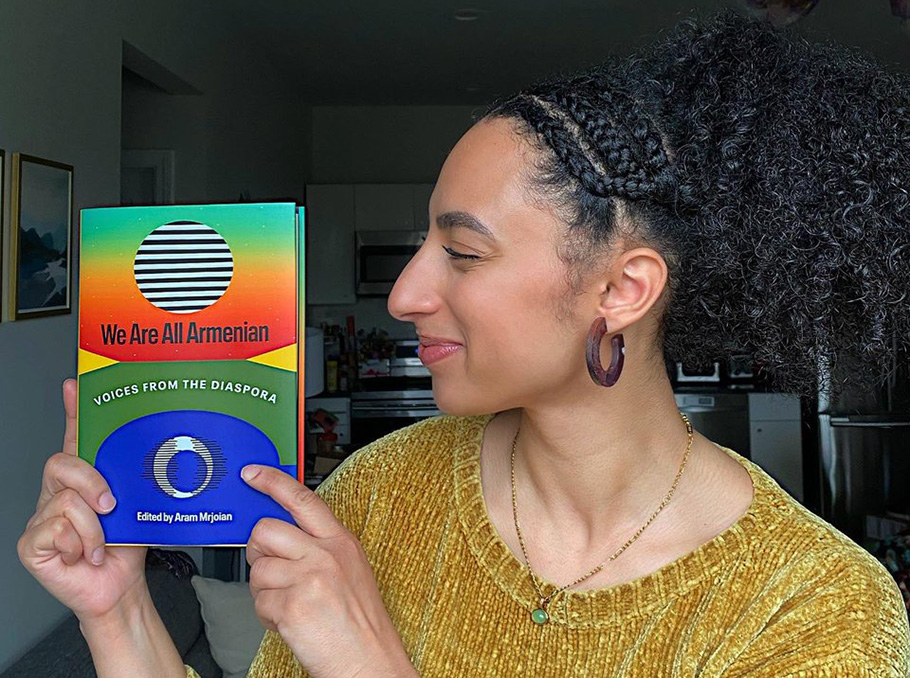
Photo: Raffy Boudjikanian
It is hard for me to imagine a book having any specific purpose because I like to see art as something that changes over time and can have different meanings as it ages, but for the moment, I am mostly interested in how this anthology can open up conversations within and outside of Armenian communities.
What were the principles the authors of the book were chosen based on, and who are the authors?
The authors are a blend of emerging and established Diaspora Armenian artists writing today. It was important to me to reach out to both writers I really admired and whom I saw as mentors, as well as those who were at the beginning of their careers. The selection process was part of the proposal, so I had to figure out who would contribute very early on before I had even signed a contract with the publisher. This meant doing a lot of reading and research on the front end and having to be fairly methodical in my curation.
How long did the authors write the book, and what are the main points of the book?
From start to finish, the book took about three years to be put together. Only a small portion of that was writing time, but there were several rounds of collaborative revision and then a long lead time to proof and prepare the anthology for publication. Again, I do not necessarily want to be too prescriptive in what the essays are about, especially since I am not the author of them, but a few common themes emerged, including imposter syndrome, definitions of home, and activism. I would say these themes function as a kind of conversation between contributors and develop a larger arc to the project.
How important is it to have this kind of publication, and is this also an idea to unite and gather in one place the Armenian writers who are in Diaspora and whose life has been put in different directions over time?
Well, again, I hope the publication is useful in the sense that it opens up conversations and perhaps even inspires other collections, not only by Armenian artists but also others. I never expected this anthology to be comprehensive, so I had to accept that I could only gather so many contributors, even if I wished I could include more. I guess I mean I am cognizant that I could only accept and curate a relatively small number of essays, and so that is limiting in some ways, but I hope it is fairly representative and that readers hear some perspectives they might not have elsewhere.
What kind of ethnic nuances appear in the book, and what is revealed to the reader in that regard?
The main nuance I hope is revealed is that every experience is different, even if we share some similarities.
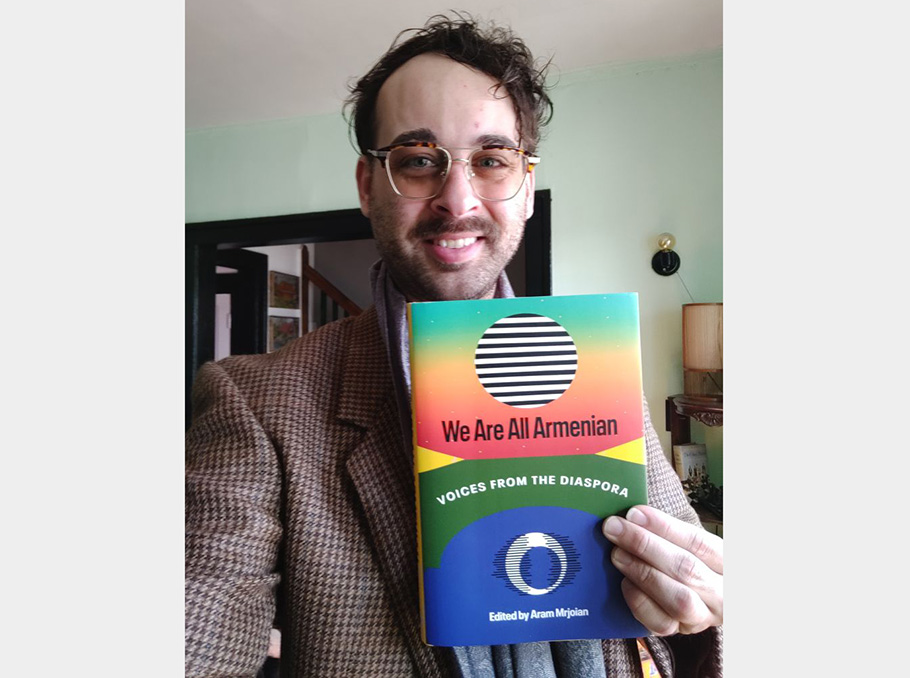
In my introduction, I argue: “Diaspora Armenians cannot be pinned to a number of essays that is any smaller than the total Diaspora population, and even that is problematic, only a brief and glancing representation of each person and community at a singular moment.” Getting past problematic tropes and generalizations is important to me, so I hope that is revealed to the reader from the introduction all the way until the end of the collection.
In some places in the book, the Armenian Genocide is mentioned, is that done to draw the reader’s attention to the history of the Armenian Genocide?
I left the decision to discuss the Genocide or not to each of the contributors individually since one of my editorial goals for the project was to allow the writers as much creative freedom as possible. Truthfully, I imagined many of the readers that would pick up the anthology would already have some familiarity with the Genocide, and so it is not so much to draw attention as it is part of the context of the entire collection. I can not necessarily control what a reader takes from this book, but I hope they are willing to explore the contributions with thoughtfulness and a curiosity to learn more.
And at the end, I want to ask you, is the mentioning of all the beautiful details about Armenia and Yerevan aimed to inspire the Diaspora Armenians to visit their homeland at least once and get to know Armenia?
That is a great question, but it is hard for me to know. Intentionally, both in the anthology and outside of it, I try not to speak too much in generalizations about Armenians, and I do not want to assume one experience would universally appeal to everyone. I have never visited Armenia, at least not yet, though I have always wanted to and hope to at some point in the future: that is a personal decision rather than a collective one. In the same way that each writer has his/her own story, each person has to make his/her own decisions about how to relate to their heritage and how to choose to explore it.
Tallar Kallougian
Read also Countries Real and Imagined: Chris McCormick on Creating His Own Armenia
















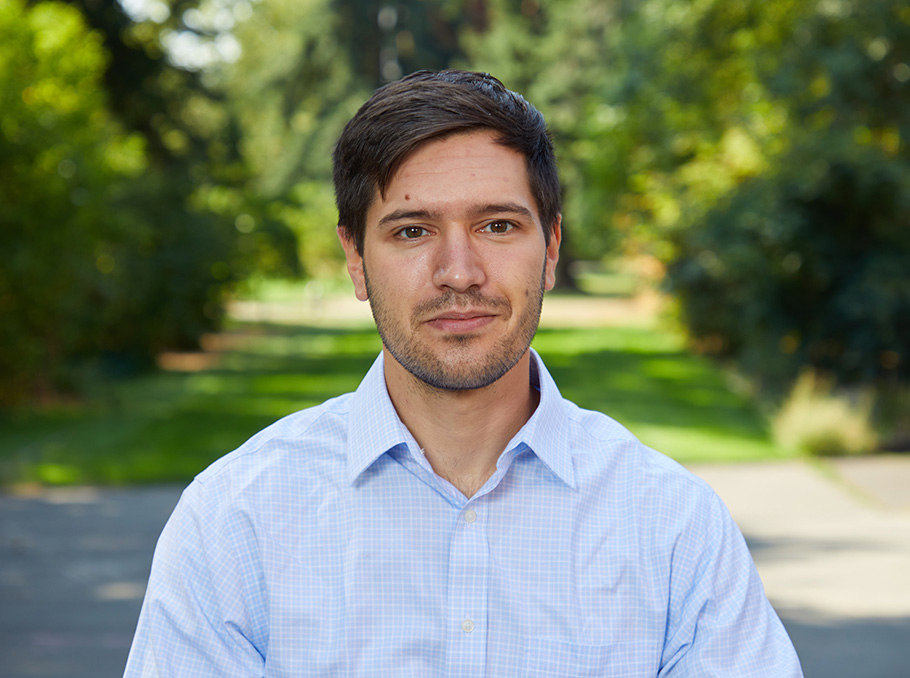

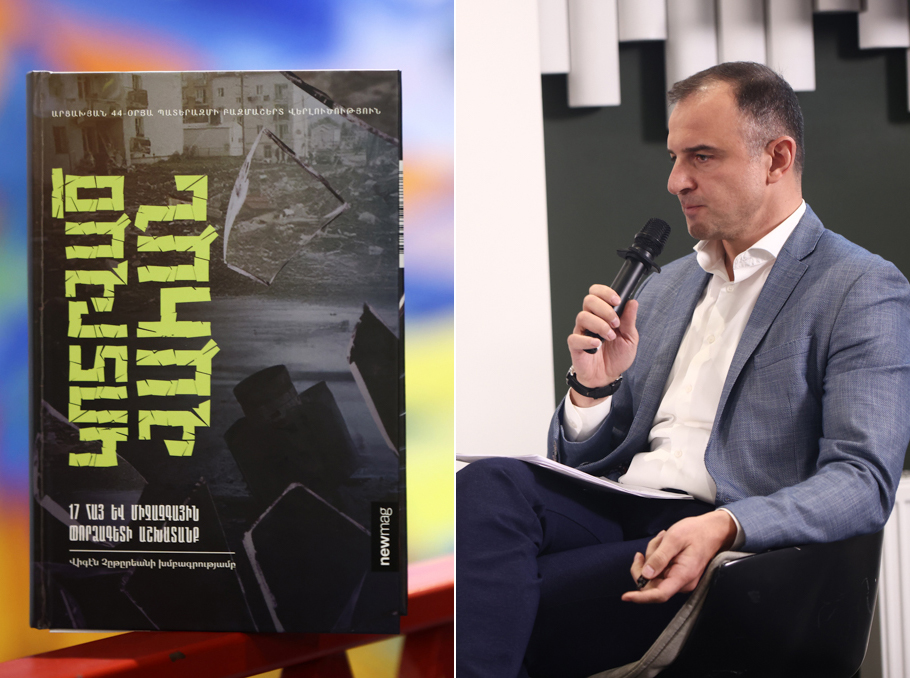
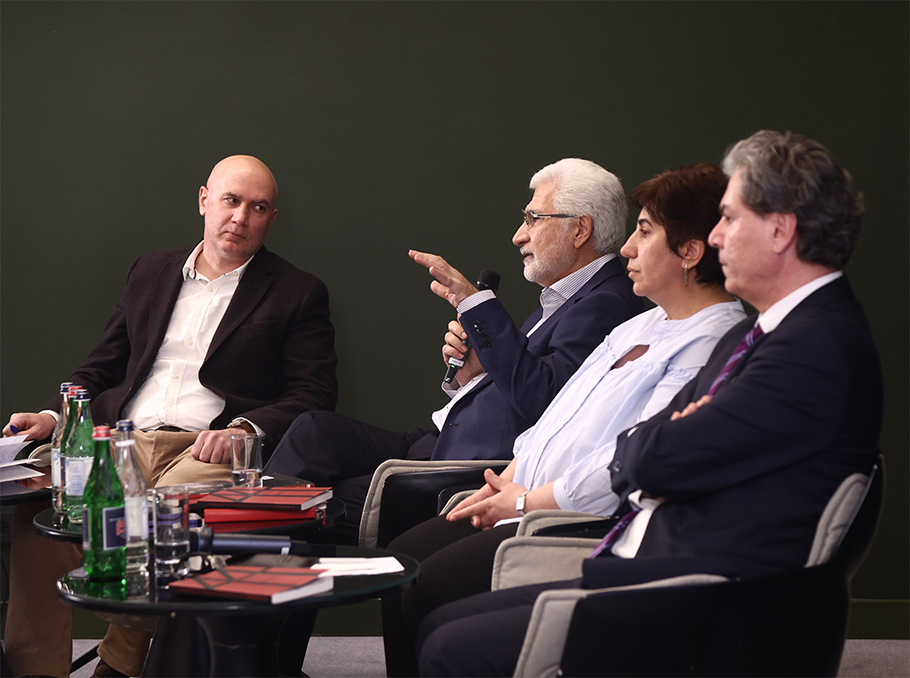
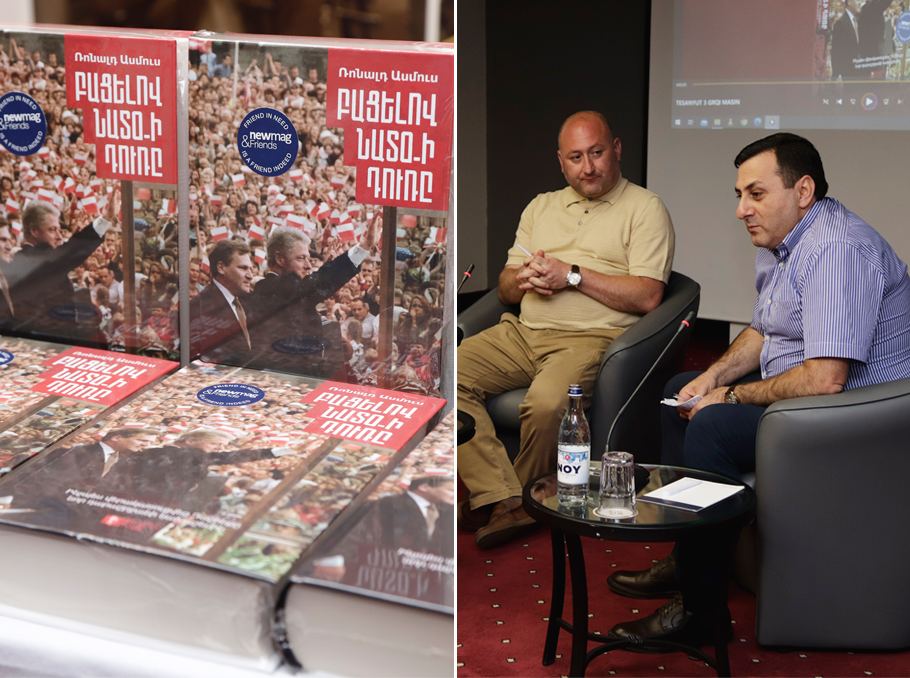
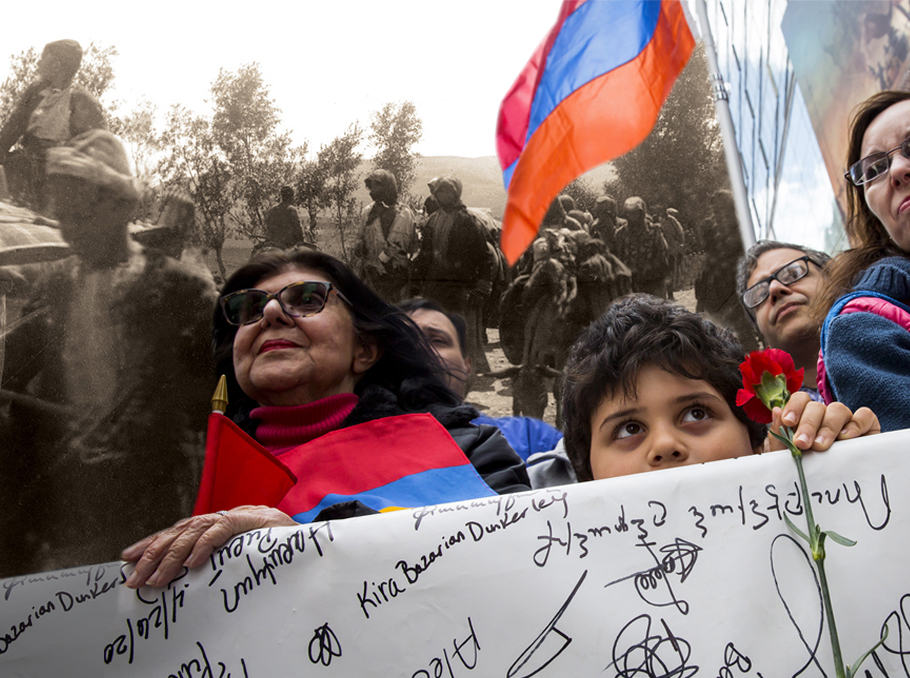







Comments
Dear visitors, You can place your opinion on the material using your Facebook account. Please, be polite and follow our simple rules: you are not allowed to make off - topic comments, place advertisements, use abusive and filthy language. The editorial staff reserves the right to moderate and delete comments in case of breach of the rules.